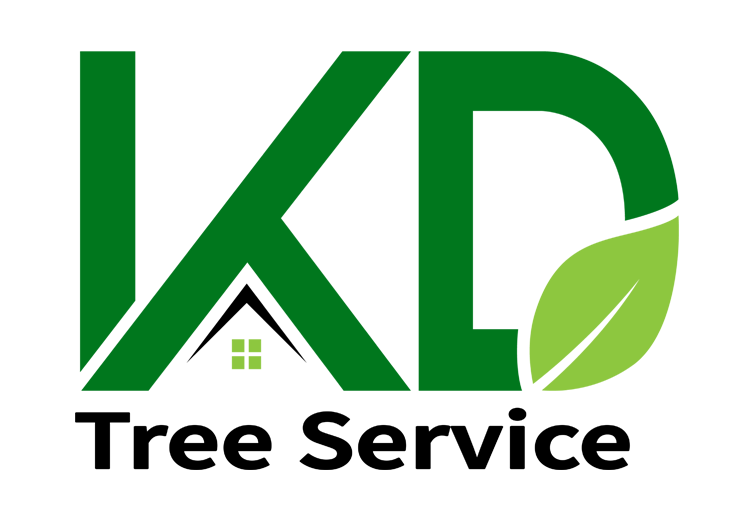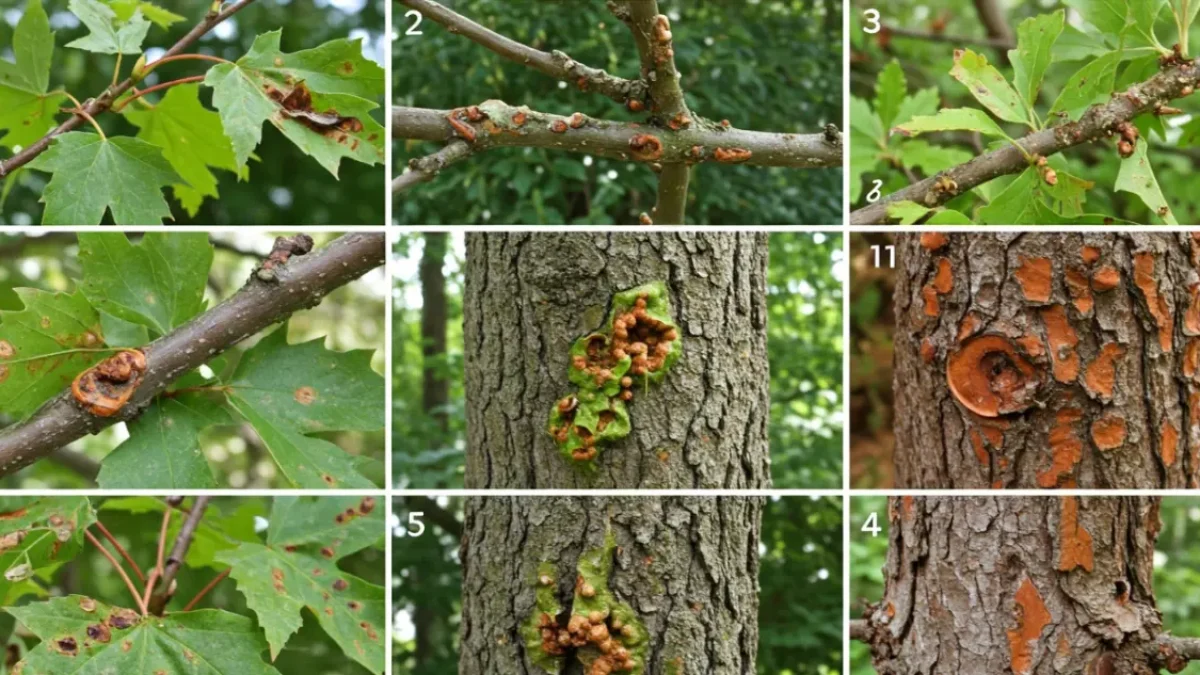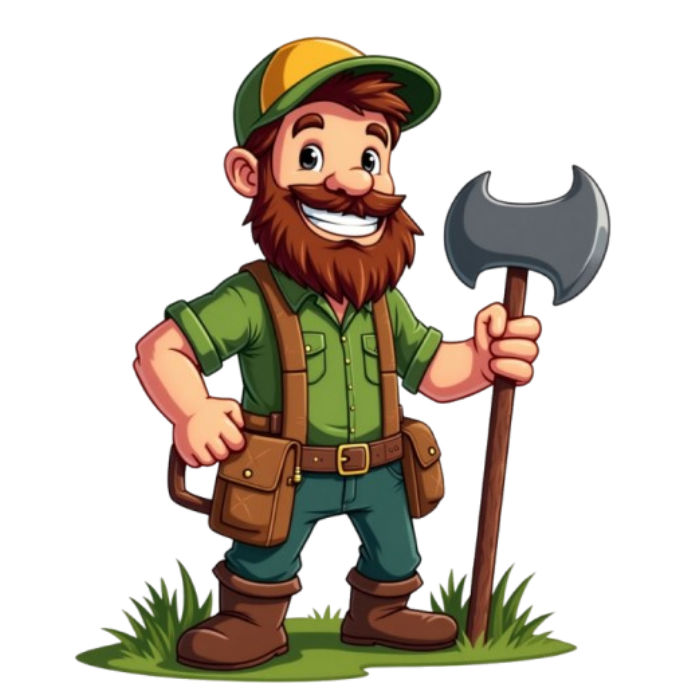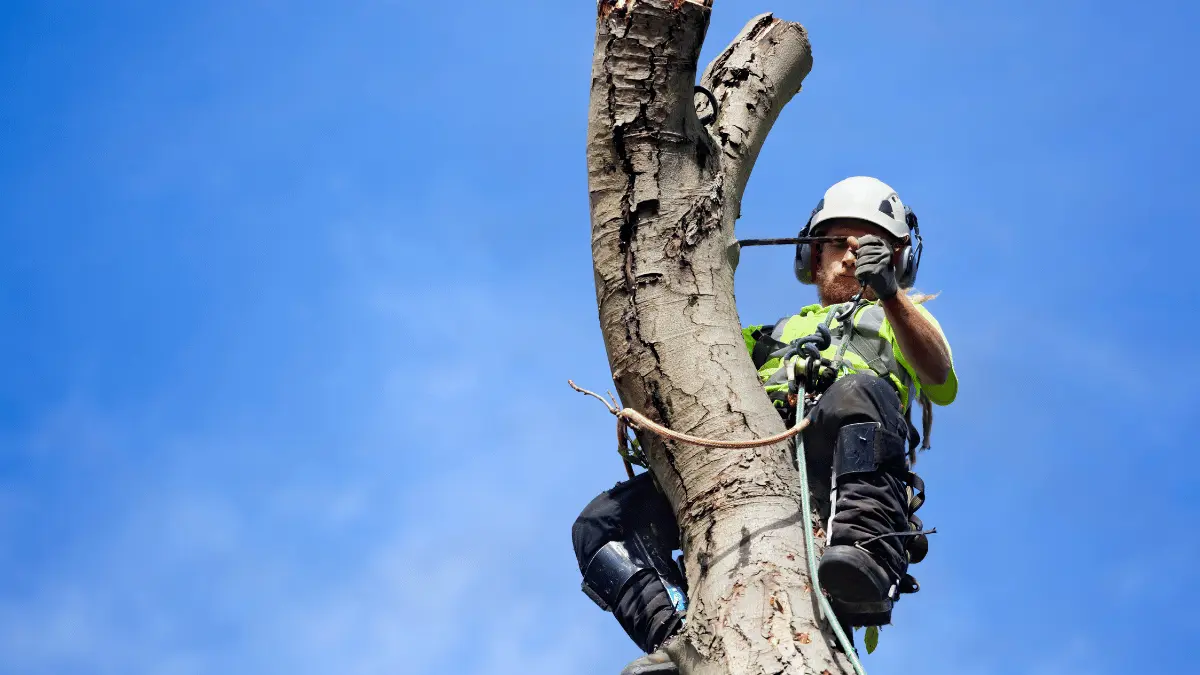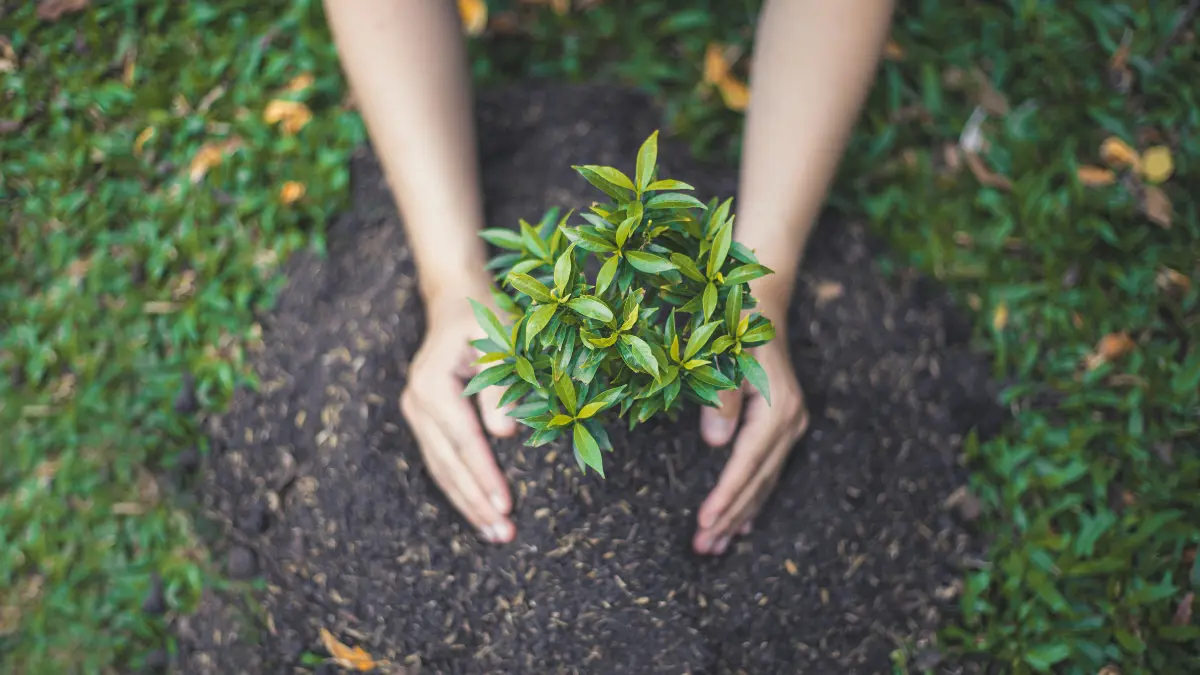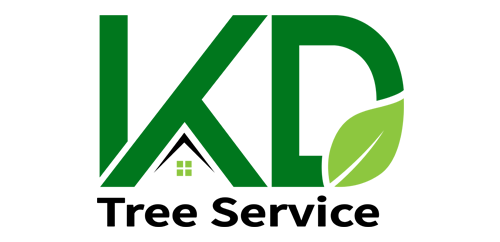We know how trees assist our lives, they give our environment value, beauty, and, moreover, help maintain the ecological balance of any landscape. And when someone thinks of enhancing the curb appeal of a yard, the very first idea is planting suitable trees to make the land more valuable. So, when trees give us thousands of benefits, it becomes our responsibility to protect them.
When we talk about our responsibility, we cannot forget about the common tree diseases that often go unnoticed and eventually cause serious damage. If you cannot identify these diseases early, they can become a huge problem and may even spread to other trees.
As a yard owner, you should better understand tree health problems and solutions.
That is why, in this guide, we will explore how to identify, diagnose, and begin treating tree diseases effectively, so you can have a green, healthy yard throughout the year.
Let’s start the journey.
Why Tree Disease Identification Matters

As we discussed before, trees give us a lot of benefits including oxygen, reducing pollution, and offering shade. But on the other hand, when a tree starts to decline, it affects not only its visual appearance but also the health of nearby plants. Because of that, there can be a lot of safety problems too.
That’s why it’s so important to know how to identify tree diseases early and treat them ASAP to protect the trees. Sometimes, you can’t understand the issue properly because there are very small and subtle tree disease symptoms like discolored leaves, bark damage, or unusual growths.
If you continuously ignore the signs of a sick tree, it can lead to major issues until it needs complete removal. You can avoid this with regular tree inspection and maintenance, allowing you to catch problems early and extend the life and beauty of your trees, making prevention the best long-term solution.
How to Spot Early Signs of Tree Disease
Spotting the early signs of tree disease is crucial for maintaining the health and safety of your trees. Identifying symptoms early can help prevent the spread of disease and reduce the risk of severe damage. To help you with this, here’s a comprehensive guide on early tree disease symptoms from Indigo Surveys
Leaf discoloration, spots, or curling
Yellowing or browning leaves and spots or curled edges can indicate issues like blight or fungal infections.
Bark peeling or cankers
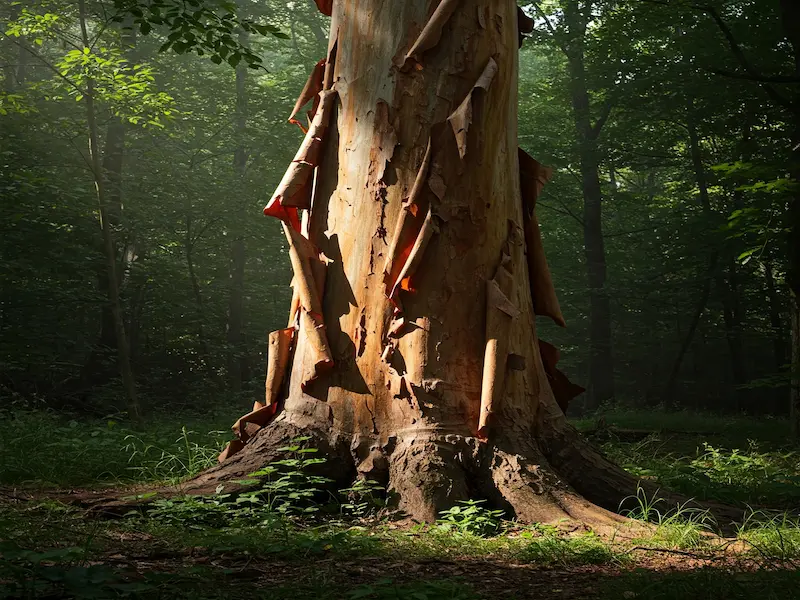
If the bark starts peeling or you notice sunken areas, this could be a sign of canker diseases, which damage the tree’s vascular system.
Sudden leaf drop or branch dieback
If leaves drop prematurely or branches begin to die back, it may signal root rot or other systemic diseases.
Unusual growths or fungus
Visible fungus, such as mushrooms at the base of the tree or on branches, could indicate root rot or other fungal infections
So if you can identify these signs, then you need to know your trees need essential care to address, and you need to act immediately. The longer you wait, the more damage can occur. If it is hard to identify the exact disease, the best move is to contact a professional tree care service and do the needed treatment as soon as possible before the symptoms worsen.
Best Ways to Treat Tree Diseases
Once you’ve identified a problem, treating tree diseases quickly and correctly is the only way to save your tree.Here’s a simple tree disease treatment guide you can follow.
Isolate the infected tree
If possible, avoid contact with other plants to reduce the risk of spreading the disease.
Prune affected branches
Use sterilized pruning tools to remove dead or infected branches. This helps stop the disease from progressing.
Apply fungicide or antibacterial treatment
Depending on the issue, choose a treatment specific to the disease. For example, copper-based fungicides work well for fungal infections, while neem oil is a good natural option.
Improve soil health
Add compost or organic matter to strengthen the tree’s immune system. Healthy soil promotes strong roots and overall resilience.
Some of the best products for tree disease treatment include broad-spectrum fungicides, horticultural oils, and disease-specific treatments like sulfur-based sprays or bio-fungicides. Always read the label and follow safety instructions.
When it comes to treatment, you can choose between natural and chemical options. Natural methods, like neem oil and compost teas, are eco-friendly but may act more slowly. Chemical treatments tend to be faster and stronger but should be used with caution, especially around kids, pets, or water sources.
Tree Disease Prevention Tips
We all know that prevention is better than cure. So, you must be aware of the most important tree disease prevention tips.
Routine tree trimming & pruning
Regularly remove dead or diseased branches to improve airflow and reduce the risk of infection.
Avoid overwatering
Excess moisture creates a perfect environment for fungal growth and root rot. Water trees deeply but infrequently to promote healthy roots
Pest control measures
Regularly inspect your trees for pests that can introduce diseases. Use eco-friendly pesticides or natural predators to manage infestations.
Promote airflow and sunlight
Properly spaced trees and thinning the canopy allow better airflow and sunlight, helping to reduce disease risk and promote overall tree health.
If you regularly follow these tree health care tips and gain a better understanding of how to prevent common tree diseases before they start, you can save time, effort, and money in the long run.
For ongoing care, be sure to check out our guide on Tree Trimming Best Practices for a Healthier Landscape to help maintain strong, disease-resistant trees
What to Do If Your Tree Shows Signs of Illness
If you notice signs of illness in your tree, it’s important to act quickly. Start by stopping irrigation to prevent further stress and possible fungal growth. Next, prune any dead or infected branches with sanitized tools. Test the soil to check for nutrient imbalances or drainage issues. If the symptoms persist or worsen, consult a professional arborist for an accurate diagnosis and treatment plan. Taking swift action is essential to save your tree and prevent the disease from spreading.
KD Tree Service is the trusted and affordable tree service for all your tree needs.
KD Tree Services is a trusted provider of professional tree care solutions. Our certified arborists bring advanced expertise to every job from diagnosing tree health issues to managing large-scale projects with precision.
We offer transparent, competitive pricing and prioritize eco-friendly practices tailored to your specific needs. Our team is known for reliable, on-time service and a strong commitment to customer satisfaction. KD Tree Services consistently delivers high-quality results across a full range of services including tree removal, trimming And pruning and more.
Get in touch today for expert advice or to schedule your next tree service appointment.

